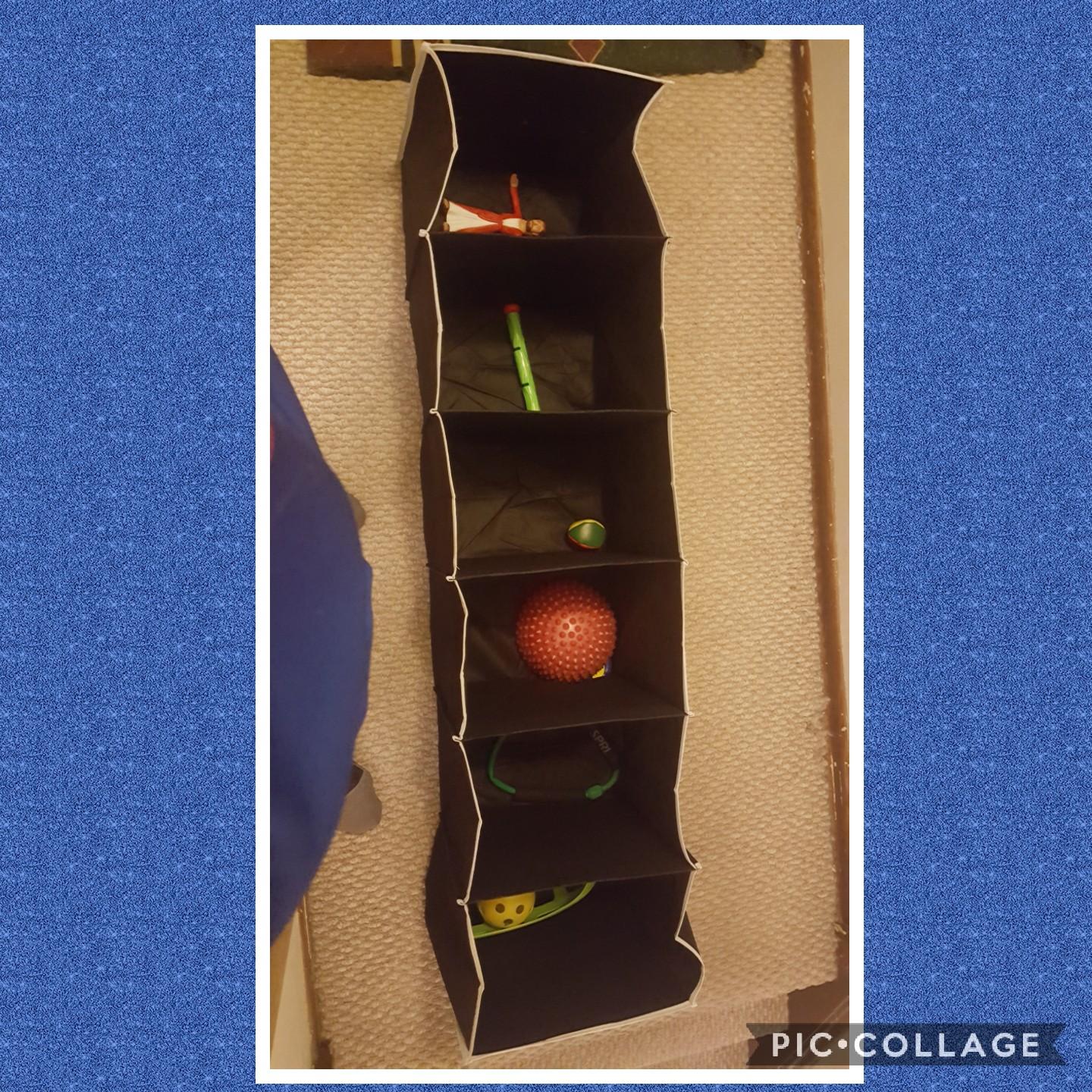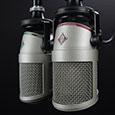
Background
Golf is a popular activity, particularly in the older population because it provides an opportunity to play a game that enables someone to socialize while truly enjoying the outdoors. Golf has become popular internationally, providing an activity with a low level of physical exertion over an extended period without the physical contact required in many other sports. It challenges the golfer to tackle variable obstacles in the golfer’s path such as bunkers, narrow fairways, winds and the most important goal, to drive the tiny white ball into the cup.
Injuries
Low back injuries are becoming more prevalent in the workplace, as well as in golfers.
Can low back pain be prevented?
A prospective survey of over 1 year by McHardy et al examined golf injuries among 588 golfers at 8 Australian golf clubs. Information collected included golfers’ injuries sustained during the year, location of injury, onset, mechanism of injury, and whether injury occurred during the golf swing or at another time.
Results: The overall 1-year incidence rate of golf injury was 15.8 injuries per 100 golfers, which equates to a range of 0.36 to 0.60 injuries/1000 hours/person.
Conclusion: Injuries in golf are most likely sustained in the lower back region as a result of the golf swing.2 This reinforces the importance of strengthening the lower back and keeping the driving muscles(hip flexors & back extensors)flexible.
Movement Analysis: Human Movement Training for Golf(1) When we look at golf in terms of the swing mechanics, it is important to understand functional anatomy and biomechanics to produce the necessary force to hit the ball.




Figure 1. Preparatory movement & setting — Figure 2. Backswing — Figure 3. Follow-through
Source: Carr
The golf swing consists of three major phases: 1) the preparation phase 2) the execution phase(backswing and downswing) and 3) follow through phase.
Preparatory phase and setting(1)
Movement analysis:The posture and alignment of the golfer influences the golfer’s ability to rotate properly, transfer weight and maintain good balance during the swing. The body must be aligned so that feet, hips and shoulders are parallel to the target line. The golfer’s left arm is straight while the right is partially flexed keeping the head positioned over the ball.
Muscles contracted: Rectus abdominis, deltoids and forearm flexors.
Backswing phase(1)
Movement analysis: The purpose of the backswing is to establish a perfectly balanced powerful position at the top of the swing. Here, the hands and the shoulders must start in one motion. The weight of the feet in the stance is shifted laterally from the front to the rearfoot. This shifting increases the range of hip rotation. At the top of the backswing, the shoulders are coiled, the hands are swung high and the arms are extended.
Muscles contracted: Latissimus dorsi, teres major, teres minor and quadriceps. The forearm flexors and extensors stabilize the golf club.
Downswing-follow-through phase(1)
Movement analysis: The downswing is initiated by the rotation of the hips. At this point the golfer must lengthen the lever arm, which results in an increased acceleration of the club head. Simultaneously while the hip turns, a transfer of weight occurs. The weight is shifted from the back foot to the front foot. This shifting of weight enables the golfer to increase the impact area and improve accuracy. When the downswing is initiated by the hips, and the turning of the hips unwind the upper part of the torso, the shoulders and arms flow easily into the swing. At the point of impact, the wrists straighten while the trunk produces the force with other muscles producing a maximum striking effort.
Restoring your client’s drive: Strengthening their “weak link”
Many muscles support the lumo pelvic junction and contribute to its control and stability. In fact, there are several muscles required for function. There is considerable biomechanical and motor control evidence, however, that argues that different muscles and different control strategies may be involved in the control of different elements of stability. (3)
With any back(lumbar) injury, one of the most important things is that return to sport follows a progressionary path from physical therapy to return to the course slowly. The nervous system and the musculoskeletal system need time to “retrain” and through motor learning this is possible. Per the research, anatomically and biomechanically, the focus of core strengthening should focus on strengthening the weaker erector spinae/multifidi, external obliques, TVA and quadraturs lumborum.
Training to Improve Spinal Stability and Prevent Low Back Injuries
Trunk extensors, flexors, rotators and lateral bend agonists are active through all portions of the golf swing. Due to the muscular demands of the golf swing, training the trunk musculature improves performance and decrease injury risk. Adequate spinal stability is the amount of trunk muscle co-contraction necessary to reinforce the spine to prevent segmental buckling. (4)
Retraining inured areas for optimal performance
In order to retrain injured lumbar musculature, three things must be taught: motor control,core strengthening and systematic strength training as described by Hibbs et al. Motor control stability is low-threshold stability where the CNS modulates the efficient integration and low-threshold recruitment of local and global muscle systems. Core strength training: high-threshold and overload training of the global stabilizer muscle system and leads to hypertrophy as an adaptation to overload training. Systematic strength training: traditional high threshold or overload strength training of the global mobilizer muscle system. It is proposed that initial core strengthening programs should enable people to become aware of motor patterns and allow them to learn to recruit muscles in isolation programs can then progress to functional positions and activities. (5)
In the next section, simple sport specific exercises that you can teach the golfer client are listed below targeting the “weak links.”


Figure 4. Four point plank —- Figure 5. Side plank targeting the external oblique and QL
(strengthening erector spinae)


Figure 6. Back extension on ball — Figure 7. Diagonal D1 Flexion to Extension with cable

Figure 8. Medicine ball twist throw
Progression of golfing training: safe return to the golf course
Progressing a client to return to the golf course requires a perdiodized hitting program and and resistance training program complimenting the core strengthening previously mentioned. Progressive hitting program: Time between session 1 and 2 is at least 24 hrs.

Periodized progressive strengthening
The aim of resistance exercise is to improve the strength of the golfer and their ability to generate power during the golf swing to increase club head speed. Listed below is a 6 week mesocycle golf program for the golf client.
Weeks 1 to 2: Relearning how to properly contact the transversus abdominis is vital.
This can be carried out in a supine and four-point kneeling position.
Weeks 2 to 4: Static lumbar strengthening exercises beginning with planks and side planks are essential to rebuild the weak foundation of the lumbo-pelvic girdle. Once the static exercises become easy, progression can be made to higher repetitions and/or altering the base of support(ie. four point plank with alternating leg lift) PRE’s: Since the Lat’s are one of the primary movers in all phases of the swing, Lat pulldown exercises, one arm rows are excellent to target this area. In addition, seated/standing mid row exercise targeting the rhomboids is vital for upper trunk stability as well as diagonal trunk chop simulating the golf swing.
Stretching: The hip flexors and lumbar extensors need to be routinely conducted. These exercises need to repeated (20 to 30-second count maximum) 1-5 reps.
Weeks 4 to 6: Inclusion of oblique and dynamic core stability strengthening is pivotal and should be included at this stage. Examples are standing medicine ball toss in golfer’s stance,standing medicine ball toss throw(figure 8), seated on floor rapid trunk rotation using medicine ball in hands(twisted side to side) with knees bent.
Summary
Golf is a popular activity for the young and old providing an opportunity to play a game that enables someone to socialize while truly enjoying the outdoors. Golf is a sport that requires practice, skill, finesse and most of all patience. However, it is important to understand a clients’ full medical history and their injury before designing & incorporating a regular strength training program. Which should consist of core strengthening, flexibility training and practice enabling your client to play at their optimal level without injury.
Biography:
Chris Gellert, PT, MPT, CSCS, CPT is the President of Pinnacle Training & Consulting Systems. Gellert offers educational workshops on human movement, home study courses on human movement, and consulting services. As a clinician, author, presenter, with extensive experience having treated and worked with individuals’ of all ages with various spinal injuries, post surgical conditions, traumatic and sport specific injuries in industrial rehabilitation, outpatient and private practice settings. He is presently pursuing an advanced Master’s Degree in Orthopedics/Manual Therapy in Australia. For more information, contact www.pinnacle-tcs.com or email him at ptcg99@verizon.net.
REFERENCES
1Carr, Gerry. 1997′ ‘Mechanics of Sport: A Practitioner’s Guide. Human Kinetics,’ pp. 136-137.
2 McHardy, A, MChiro, Henry Pollard, & Luo, K, 2007, ‘One-Year Follow-up Study on Golf Injuries in Australian Amateur Golfers,’ Vol. 35, No. 8, pp. 1354.1359.
3 Hodges, P, 2003, ‘Core stability exercise in chronic low back pain.’ Orthopedic Clinical North American. Vol. 34, pp. 245–254.
4 Lehman, G, 2006, ‘Resistance training for performance and injury prevention in golf,’
Journal of Canadian Chiropractic Association. Vol. 50, No. 1, pp. 27-42.
5 Hibbs, A et al, 2008, Optimizing Performance by Improving Core Stability and Core Strength,’ Journal of Sports Medicine, Vol. 38, No. 12, pp.995-1008.
Was this Article Helpful?
If this article was helpful to you, please consider linking this article to your own blog or sharing this through the social buttons below. You will also find other great articles at “Workouts“.
- 1share
- 1Facebook
- 0Twitter
- 0Pinterest
- 0LinkedIn
Chris Gellert
Latest posts by Chris Gellert
- Training the Impingement Client - August 16, 2016
- Working with the older client Part 1 - May 25, 2016
- The Cervical Spine – Understanding The Science Behind Both Movement And Dysfunction - December 10, 2014

















